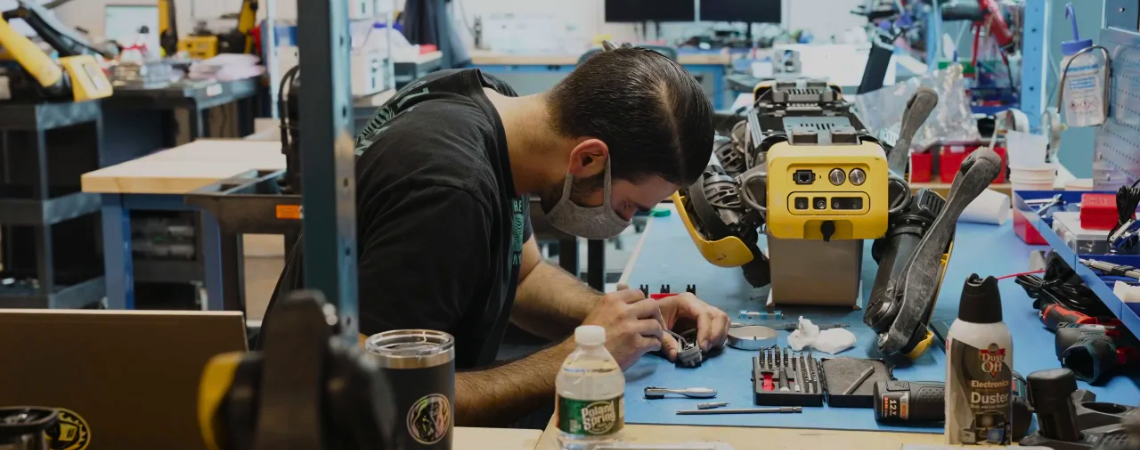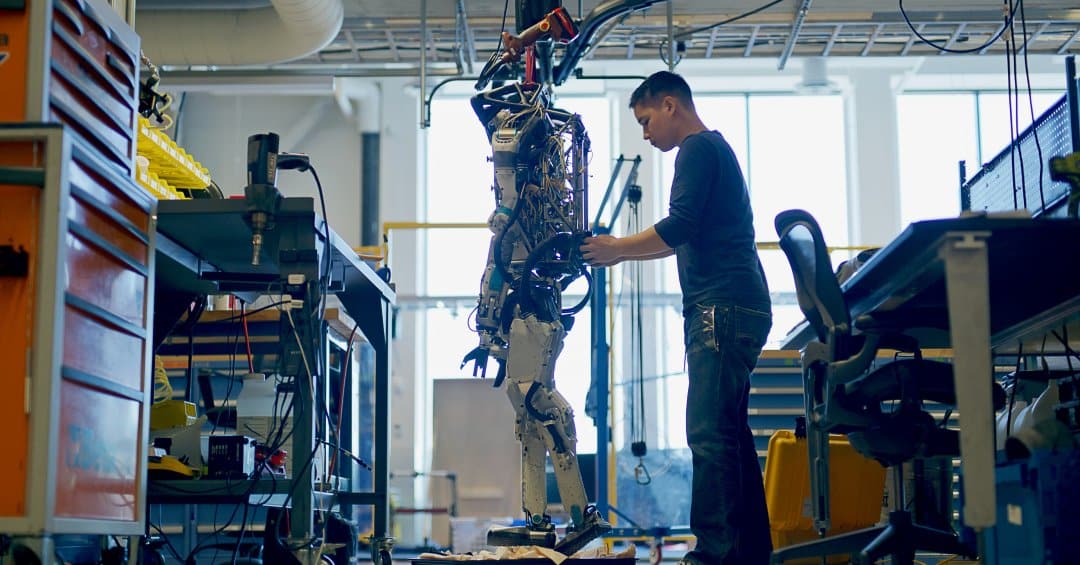-
 Visit our shop
Visit our shop
-
English

In a world where automation is becoming increasingly important, robots are now indispensable allies for many industries. Yet many people wonder why these machines, whose tasks often seem simple at first sight, are so expensive. In reality, behind every robot is:
Understanding the price of robotics means first and foremost grasping the technological challenges and innovations required to design these machines. In this article, we explore the reasons behind the price of robots and their long-term value.
Creating sophisticated robots requires years of research and innovation. Teams of engineers, programmers and artificial intelligence researchers work on cutting-edge technologies that are constantly evolving. The R&D process involves trial, error and continuous improvement to design machines capable of understanding and interacting with their environment.

What seems “simple” to us – for example, picking up an object or navigating around a room – is extremely complex for a machine. The components used in robots must be precise, robust and able to adapt to changing environments.
Actuators: Sophisticated actuators, such as those used in high-precision robotic arms for surgical operations, can cost up to 50,000 euros each. They have to be extremely reliable to ensure precise and safe movements.
Unlike everyday consumer products, robots are often produced in small batches. This means that the unit cost is higher. Mass production, as with smartphones, reduces costs. However, in the case of robots, demand remains niche, so economies of scale are limited.
Robots have to be extremely precise and safe to interact with humans. One small fault may have serious consequences. This requires redundancy systems, complex control algorithms and high-quality materials, all of which increase production costs.
Finally, a good argument to justify the price of robots is their long-term added value. Although a robot may represent a substantial initial investment, it may generate significant savings over time by:
The high cost of robots is not simply a question of price, but reflects massive investment in cutting-edge technology, specialist engineering and complex manufacturing challenges. Each robot is the result of years of research and innovation, incorporating sophisticated components designed to deliver top-level performance in diverse and demanding environments.
Understanding these aspects makes it easier to better appreciate the cost of robots and to look beyond their initial price tag, recognising the innovation, expertise and lasting value they offer to industry and society as a whole.
